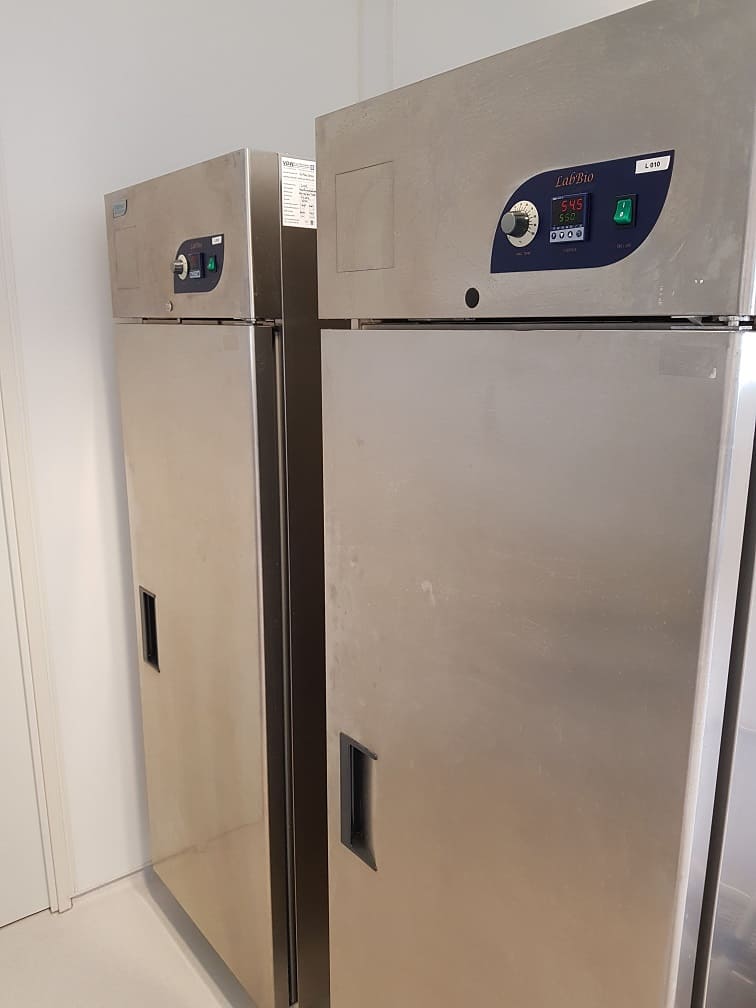Accelerated aging testing
FIND A TEST
Accelerated aging testing
Accelerated aging testing is a fast procedure for establishing the expiry date or shelf life of a product.
Data obtained from the study is based on conditions that simulate the effects of aging on the materials. A product can be released to market based after successful accelerated aging test results that simulates the period claimed for product expiration date (1 year, 2 years, etc).
Accelerated aging data is accepted by regulatory bodies as a provisional estimate of the shelf life, but is only completely accepted until those tests can be supplemented with “real time” aged samples.
Accelerated aging calculation is based on Arrhenius’ equation which simply states that a 10 °C increase in temperature doubles the rate of chemical reaction.
Four variables are used in calculating the accelerated aging test duration.
- Accelerated Test Temperature (°C)
- Ambient Temperature (°C)
- Q10 (Reaction Rate Factor)
- Desired Real-time equivalent (Days)
Test temperature is typically between 50°C to 60°C, most common is 55°C. Ambient storage temperature is typically between 22°C to 25°C. 22°C results in the shortest test duration.
Conservative / common Q10 is 2 for medical devices.
The expiry date of a medical product is commonly based on its manufacture date. Therefore, some add an extra month to the aging study to allow for sterilization, etc. For example, a 12 month shelf life is simulated based on 13 months.

Frequently asked questions
In order to properly determine the costs for an aging test, we need as much information about the product as possible, such as the description, dimensions and temperatures at which it can be incubated.
